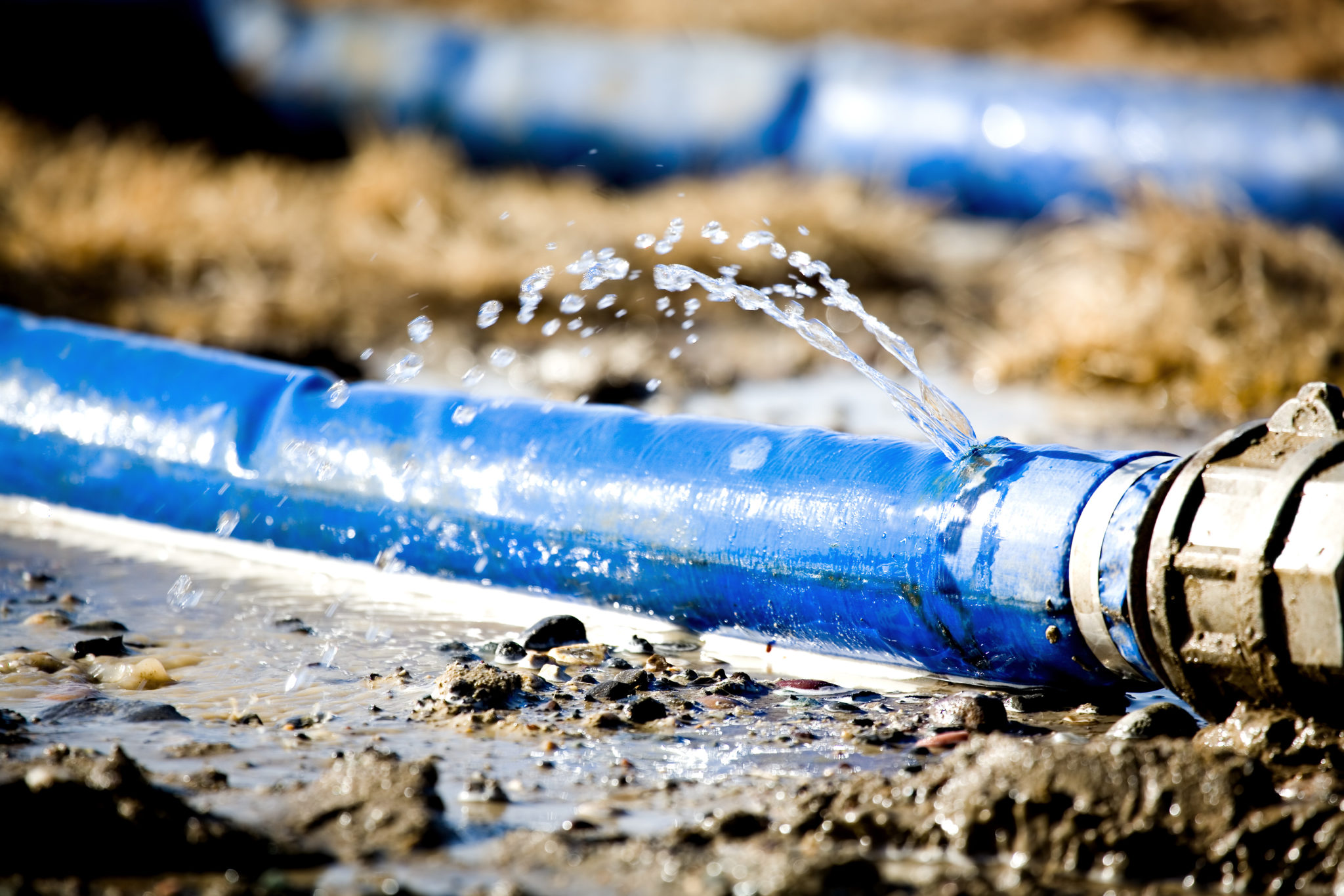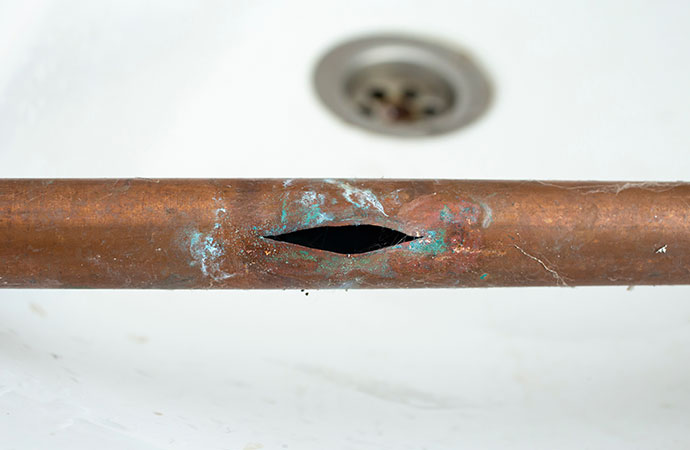We've come across this article pertaining to How to install a dishwasher safely below on the web and figured it made perfect sense to write about it with you on this site.

A ruptured pipeline is a significant emergency; you can just stand as you enjoy water you pay a lot to rejoin with the planet. In even worse situations, you discover a pool on your kitchen floor, which is a great trip risk, especially if you have youngsters around. If the pipeline that burst was in your wall surfaces, trouble: you may need to paint that whole section.
How can a tragedy like a ruptured pipe be prevented and also taken care of? Well, by listening to your professional emergency plumbing professionals and also complying with these rules.
Just how do I understand when my pipes have ruptured?
Changing water pressures
Pipes do not simply burst in a day. You may have seen that your kitchen area tap or shower does not run promptly when you turn the tap. It may pause for a couple of seconds and afterwards blast you with even more force than common.
In other circumstances, the water might seem regular at first, after that drop in pressure after a couple of seconds.
Infected water
Lots of people think a burst pipeline is a one-way electrical outlet. Quite the contrary. As water flows out of the hole or tear in your plumbing system, contaminants locate their way in.
Your water might be polluted from the resource, so if you can, inspect if your water container has any type of troubles. Nevertheless, if your alcohol consumption water is supplied and also cleansed by the local government, you ought to call your plumber quickly if you see or smell anything amusing in your water.
Puddles under pipes and also sinks
When a pipe ruptureds, the discharge develops a pool. It might appear that the puddle is expanding in size, and regardless of the amount of times you mop the pool, in a couple of minutes, there's another one waiting to be cleaned up. Commonly, you might not be able to trace the pool to any noticeable pipelines. This is a sign to call an expert plumber.
Damp walls as well as water discolorations
Before a pipeline ruptureds, it will leakage, the majority of times. If this persistent dripping goes undetected, the leak may finish right into a wide laceration in your pipeline. One easy method to prevent this emergency is to keep an eye out for wet wall surfaces advertisement water spots. These water discolorations will lead you right to the leakage.
Untraceable trickling noises
Pipeline ruptureds can happen in one of the most undesirable places, like within concrete, inside wall surfaces, or under sinks. When your house goes silent, you might have the ability to hear an irritatingly relentless dripping sound. Also after you've inspected your shower head and also kitchen tap, the dripping may continue.
Precious visitor, the trickling might be coming from a pipe inside your walls. There isn't much you can do regarding that, other than inform a specialist plumber.
Show up the Warmth
Set up fans to blow warm into chilly rooms. Keep the garage door closed. If you have decreased water flow, warm one of the most prone pipelines (generally in cellars and also crawl spaces or near exterior walls) with a hair dryer. Leave the tap on while you use warmth. As you thaw ice, the flow will enhance. To avoid pipelines from cold, shield your wall surfaces.
Start Eliminating the Water
Get the wipe, containers and also a store vacuum cleaner to begin to get rid of the water because you certainly don't want it soaking into whatever else in your home. And also, a fast tidy up will certainly lower the opportunities of something obtaining musty.
What do I do when I detect a ruptured pipeline?
Your water meter will certainly remain to run also while your water wastes. To decrease your losses, locate the major controls and also transform the supply off. The water pipe are an above-ground framework beside your building.
How to Fix & Detect a Leaking Pipe
How Do I Know if a Pipe is Leaking?
Leak detection tests can help you determine if your pipe has a leak. Even if you don’t see an apparent leak, you should still conduct leak detection tests regularly to save water and money—and prevent major damage to your home.
- Water meter. It can be helpful to figure out what your usual water meter usage numbers are and then monitor them regularly. To monitor your meter, first, turn off all water faucets in your home. Check the meter and write down the numbers. In a few hours, check the meter again. If the numbers have changed, you have a leak.
- Water gauge. Use a water gauge to test your water pressure. Your showerhead should produce a certain amount of water pressure based on its model and design. If the pressure is lower than it is supposed to be for that specific showerhead, your home likely has a leak.
- Puddles. Look inside your bathroom, laundry, and kitchen sink cabinets. Puddles around the cabinets or around toilets, tubs, showers, and washing machines indicate the presence of a leaking pipe. You may also notice loose tiles, peeling or flaking paint, or mold caused by water accumulation.
- Napkin test. Even if you don’t see any puddles, you may still have a leak. You can test for water leaks in the bathroom, laundry, and kitchen by wiping below-sink connections with a napkin, paper towel, or piece of toilet paper. If it becomes damp, you probably have a leaking pipe under the sink.
- Discolored walls. Walls that are discolored—usually with brown or yellow stains—or bulging might mean that they have been impacted by water damage caused by a leaking pipe.
- Smell. A leaky pipe will create sitting water, and over time, that water may develop a musty smell. If your home smells musty, but you can’t locate the source, it may be due to a leak.
Steps for Fixing a Leaking Pipe
- A leaky drain can be remedied by tightening the pipe base, replacing the drain seal, caulking the rim, and tightening the pipe nut.
- Similarly, a leaking toilet pipe can be treated by tightening the packing nut. You may also need to replace the valve.
- A leaky faucet may just need tightening or replacement of the washers. If that doesn’t work, consider replacing your faucet.
- If your pipe has a hole in it, you may want to use a pipe leak sealer or pipe leak tape. This quick fix for water pipe leaks can also temporarily fix a copper pipe leak.
https://www.ahs.com/home-matters/quick-tips/how-to-tell-if-pipes-are-leaking/

We had been guided to that report on What to Know Before Installing a Dishwasher through an associate on another site. Are you aware of another person who is intrigued by the niche? Why not promote it. Bless you for your time. Come back soon.
Free Estimates
Comments on “The Art of Swift Response: Finding and Fixing a Burst Pipe”